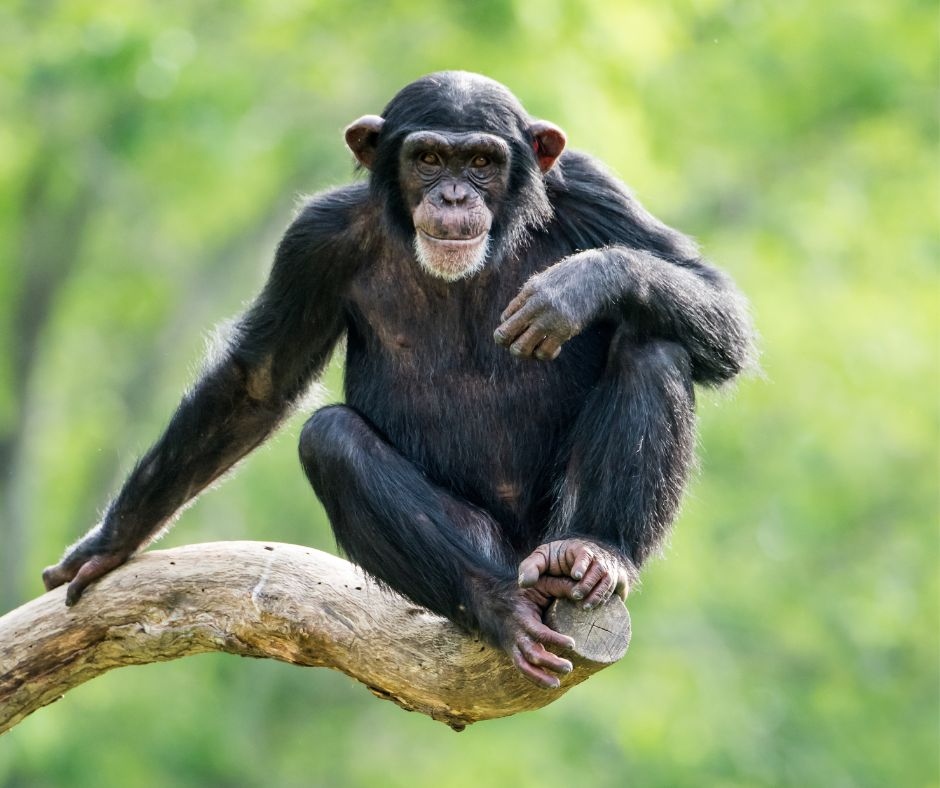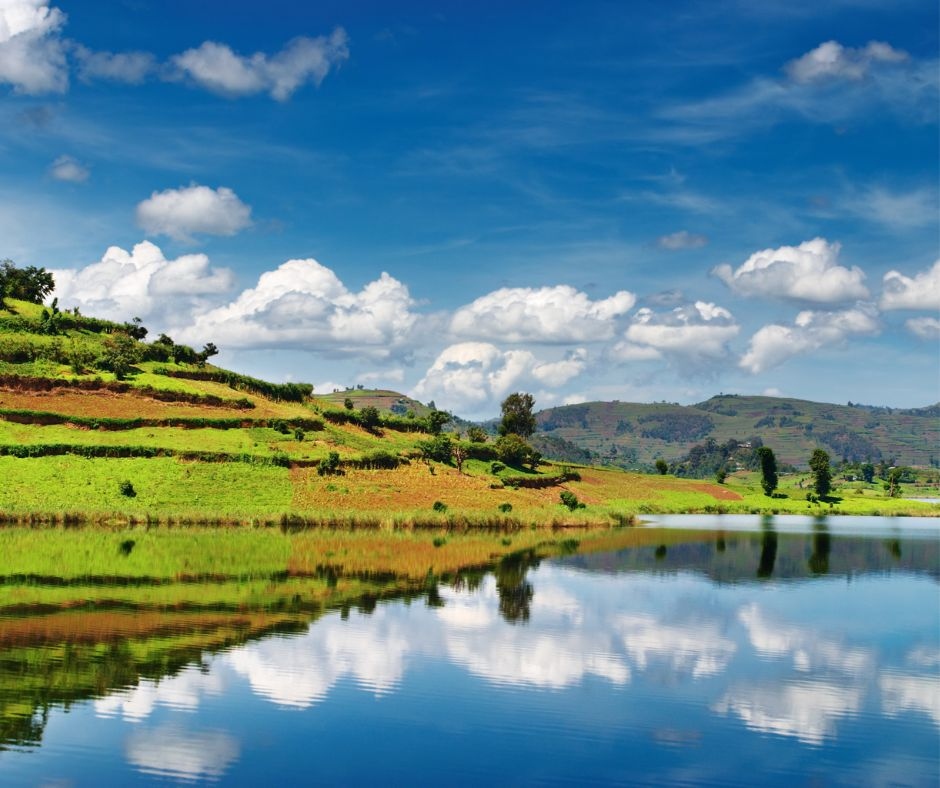
Kibale Chimpanzee Trekking: A Close Encounter with These Primates
Nestled in the heart of Uganda, Kibale National Park is a prime destination for wildlife enthusiasts and nature lovers alike. Often referred to as the “Primate Capital of the World,” this park is renowned for its rich biodiversity, with a particular highlight being its thriving population of chimpanzees. Kibale chimpanzee trekking in Uganda offers a unique opportunity to get up close and personal with these fascinating primates, making it a must-visit for anyone traveling to East Africa.
Why Kibale National Park Stands Out
Kibale National Park covers an expansive area of 795 square kilometers and is characterized by lush, dense rainforests interspersed with patches of grasslands and swamp. This diverse habitat supports a remarkable array of wildlife, including over 1,500 chimpanzees, making it the best place in Uganda—and arguably in Africa—to track and observe these intelligent creatures.
Apart from chimpanzees, the park is home to 13 other primate species, including the endangered red colobus monkey, the rare L’Hoest’s monkey, and the grey-cheeked mangabey. This incredible diversity of primates, combined with the park’s rich birdlife—boasting over 375 bird species—makes Kibale a haven for nature enthusiasts and researchers.
The Chimpanzee Trekking Experience
Preparing for the Adventure
Chimpanzee trekking in Kibale is an exhilarating and enriching experience, but it requires some preparation. The trek begins early in the morning, typically around 6:30 AM, when the forest is alive with the sounds of awakening wildlife. Trekkers meet at the park’s headquarters for a briefing from the guides, who explain the rules and what to expect during the trek.
The treks are led by experienced guides and trackers who have an intimate knowledge of the forest and its inhabitants. They use their skills to locate the habituated chimpanzee groups, often relying on the chimps’ vocalizations to pinpoint their location. These treks can vary in length, typically lasting between two to five hours, depending on the chimps’ movement and the terrain.
The Thrill of the Encounter
Once the chimpanzees are located, visitors are allowed to spend up to an hour observing them in their natural habitat. This hour can be the highlight of the entire trek, offering a rare glimpse into the lives of these incredible animals.
Chimpanzees are highly social animals, living in communities that can range from 20 to over 100 individuals. Visitors may witness a variety of behaviors, from playful interactions among young chimps to grooming sessions and even disputes within the group. The chimps’ use of tools, such as sticks to extract termites or leaves to drink water, showcases their remarkable intelligence and adaptability.
Seeing these primates up close also underscores their similarities with humans. Sharing about 98.7% of our DNA, chimpanzees exhibit emotions, communication skills, and problem-solving abilities that mirror our own, making the encounter deeply moving and thought-provoking.
Physical Demands and Essential Gear
The trek through Kibale’s dense rainforest can be challenging. The terrain is often uneven, with steep inclines and thick undergrowth, so a moderate level of fitness is required. Weather conditions can change rapidly, with sudden rain showers transforming the trails into slippery pathways.
Trekkers are advised to wear long-sleeved shirts, sturdy hiking boots, and carry rain gear. It’s also essential to bring plenty of water, snacks, and a camera with a good zoom lens to capture the chimps without disturbing them. Binoculars can also enhance the experience, allowing for better views of the chimps and other wildlife high up in the trees.
Conservation Efforts and Sustainable Tourism
Chimpanzee trekking in Kibale isn’t just about adventure; it’s also a powerful tool for conservation and community development. The fees collected from trekking permits go directly toward the park’s conservation programs, helping to protect the chimpanzees and their habitat. These funds are used to support anti-poaching patrols, habitat restoration projects, and community initiatives that promote sustainable livelihoods for local residents.
Additionally, the trekking program itself helps habituate the chimpanzees to human presence, making it possible for researchers to study them more closely and for tourists to observe them without causing stress or harm. This habituation process is a delicate balance, ensuring that the chimps remain wild while allowing for meaningful human interactions.
Beyond Chimpanzees: Exploring Kibale’s Biodiversity
While the chimpanzees are the main attraction, Kibale National Park offers much more. Visitors can explore Bigodi Wetland Sanctuary, a community-run conservation area adjacent to the park, known for its rich birdlife and the chance to spot primates like the black-and-white colobus monkey.
The park also offers forest walks, where visitors can immerse themselves in the sights and sounds of the rainforest. These walks, which can be done during the day or at night, provide a chance to encounter other wildlife, such as elephants, forest buffalo, and a variety of smaller mammals and reptiles.
Best Time to Visit
The best time for chimpanzee trekking in Kibale is during the dry seasons, from December to February and June to September. During these months, the trails are less muddy, making trekking easier and more enjoyable. However, Kibale’s rainforest environment means that it can rain at any time of year, so being prepared for wet conditions is always advisable.
Conclusion
Kibale Chimpanzee Trekking offers an unforgettable experience that combines adventure, education, and conservation. It provides a unique opportunity to observe one of our closest living relatives in their natural environment, fostering a deeper understanding and appreciation for the incredible biodiversity of Uganda. Whether you’re a wildlife enthusiast, a seasoned traveler, or a first-time visitor to Africa, this encounter is sure to be a highlight of your journey, leaving you with lasting memories and a profound connection to the natural world.
Don’t miss the chance to embark on this once-in-a-lifetime adventure and support the ongoing efforts to preserve Kibale’s remarkable ecosystem for generations to come.


Uganda Gorilla Trekking Safari: the Ultimate Wildlife Adventure
Imagine standing in the heart of a dense, verdant forest, surrounded by the symphony of…
